An international team of geologists explored the foothills of the Lambahraun volcano to search for a grainy soil like some of the samples collected by NASA’s Perseverance rover on the Red Planet.
“Iceland and Mars are closer than one might think,” says Fiona Thiessen, a research fellow at ESA for the joint Mars Sample Return campaign who also holds another title – she is part of a rock sample team where 20 brilliant minds share their knowledge in geology, geophysics and geochemistry for the mission.
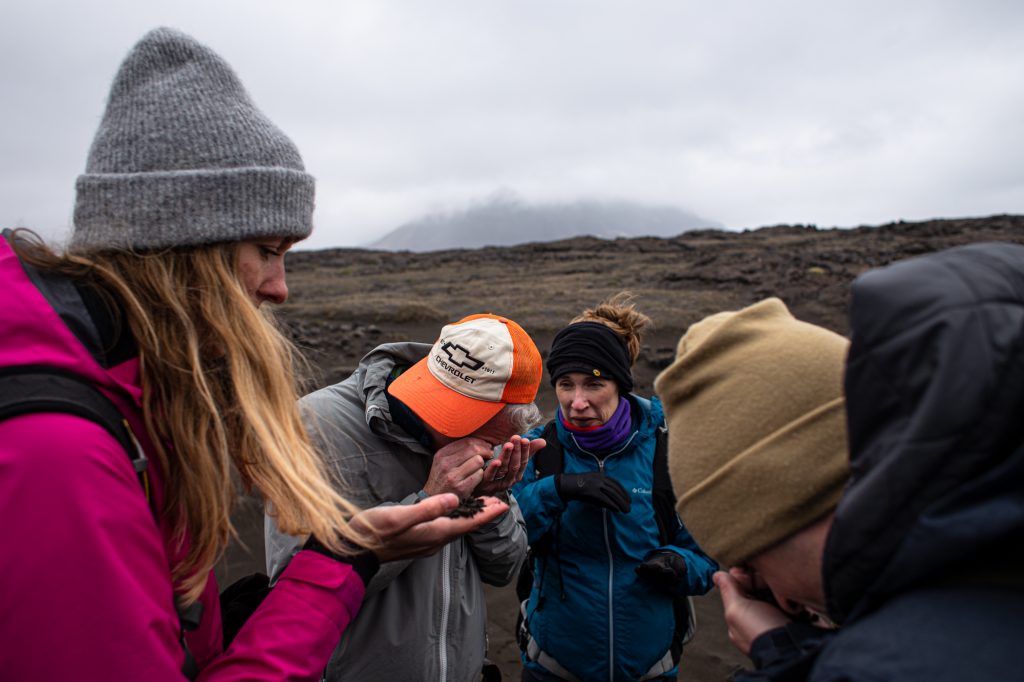
After a two and a half-hour drive from the capital Reykjavik, Fiona and four other geologists with two local experts from the Iceland Space Agency, arrived at Lambahraun, an area dotted with hills, sand dunes and boulders akin to the Jezero Crater on Mars.
“This is not the first time scientists come here to collect rocks. The basaltic terrain, cool temperatures and sparse vegetation make the area pretty similar to ancient Mars,” explains Fiona.

Taking advantage of the long hours of daylight in the Arctic, the group spent a whole day identifying samples matching the mineralogy, geochemistry and physical properties to those picked up by the rover. The team collected 450 kg of sand carried by the wind, or what they call aeolian sand with a link to Aeolus, the Greek god of the wind.
“We found great matches with the right grain size and olivine content. Our counterparts at NASA were very impressed with the samples,” she happily concedes.
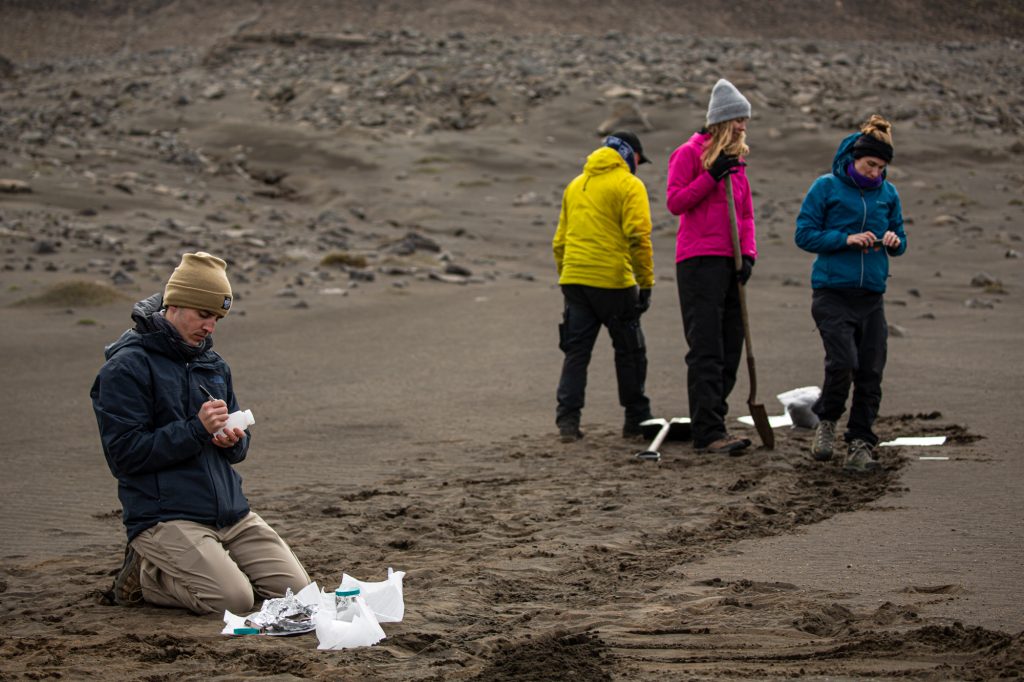
Iceland is one of the six locations on Earth chosen, and the third one where the team has completed the collection. Two earlier expeditions gathered sedimentary rocks in California, USA, with the next campaigns taking place in the Scottish Isle of Rum, UK, and Hart Mountain in Oregon, US.
The sample challenge
Perseverance has collected 19 samples on Mars to date. Scientists are already thinking about how to open the sample tubes collected by Perseverance once they arrive on Earth in the 2030s.

“We need martian-like materials to plan ahead for the technology we would use to open the titanium tubes, to sterilise and curate the martian samples,” says Fiona. The Mars Sample Receiving Project is responsible for processing the first samples returned from the Red Planet.
“The technology team wants to use our Mars-like samples from Earth to test how to open the tubes and how to extract the soil. They would also look inside the tubes with tomography techniques that use x-rays and a computer to create detailed images,” explains Fiona.
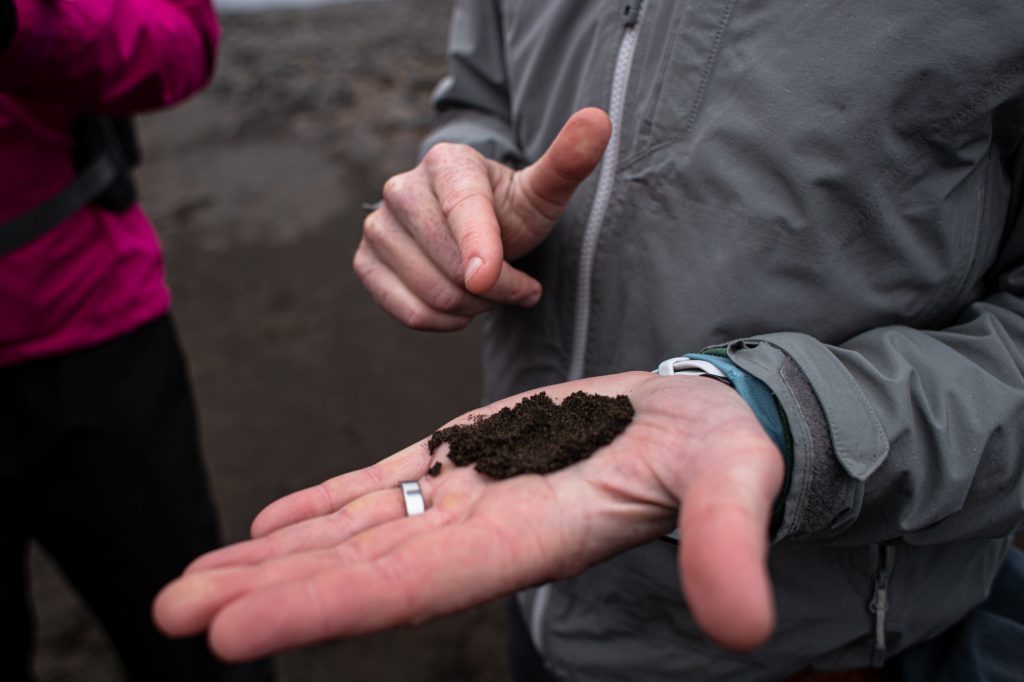
The right size
Key to the Icelandic expedition was to get samples with a particular grain size. The team wanted to match the Atmo Mountain and Crosswind Lake samples on Mars collected by Perseverance in December 2022. For the finer grains, they looked for a size between one and two human hairs (125 and 350 micrometres), and 2 and 4 mm for the coarser grains.
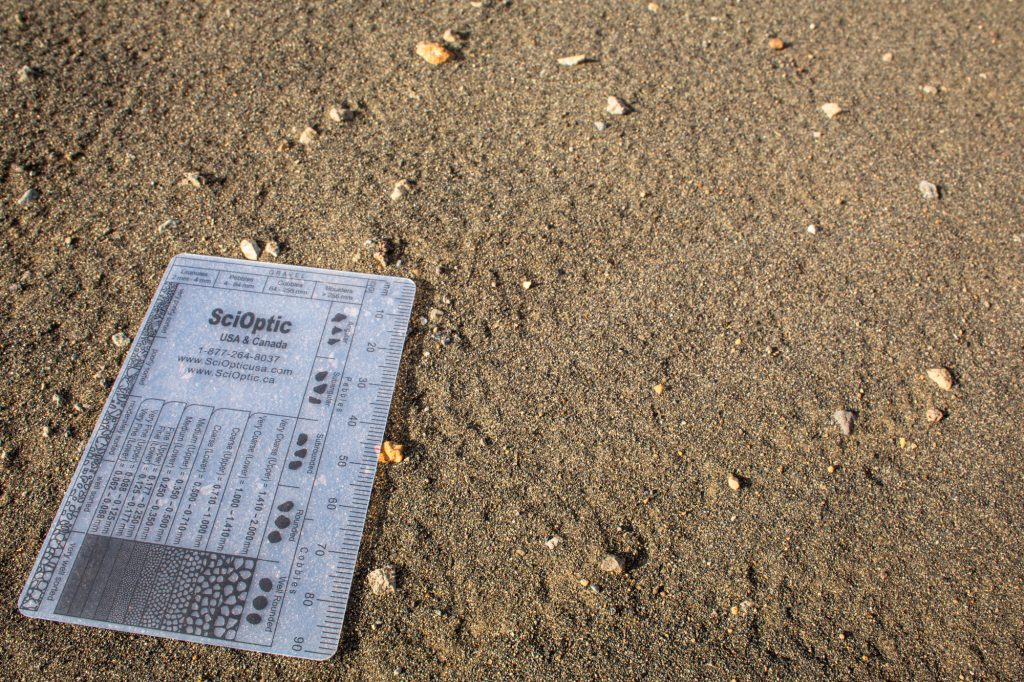
One Mars 2020 scientist brought along her knowledge of martian rocks to scout the right size grains. Fiona had the not-so-glamorous task of shoveling and loading the material into plastic bags. She dug a long trench and collected soil from the first 5 cm of a sand sheet strikingly similar to the recent rover’s exploration site on Mars.

From Moon rocks to digging for Mars
Fiona’s journey to Mars started long ago, and the Moon has also been part of her career. Her path was shaped by a rock-collecting mother and the influence of a professor of planetary geology during her studies.
Initially focused on remote sensing data, it was during her PhD in Sweden when she first had access to lunar samples. She had the opportunity of analysing samples brought back from the Moon on the Apollo 12, 14 and 17 missions. “That is when the shift happened for me. From satellite data to almost being able to touch something coming from another planetary body – it is priceless,” says Fiona.

Even if it might take a decade for her to have access to the martian samples, the teams of the Mars Sample Return campaign have enough work ahead. Most of the Icelandic samples are now at the University of Oslo in Norway, before being shipped to different parts of the world for engineering and science testing.
Next stop: The Scottish Isle of Rum!
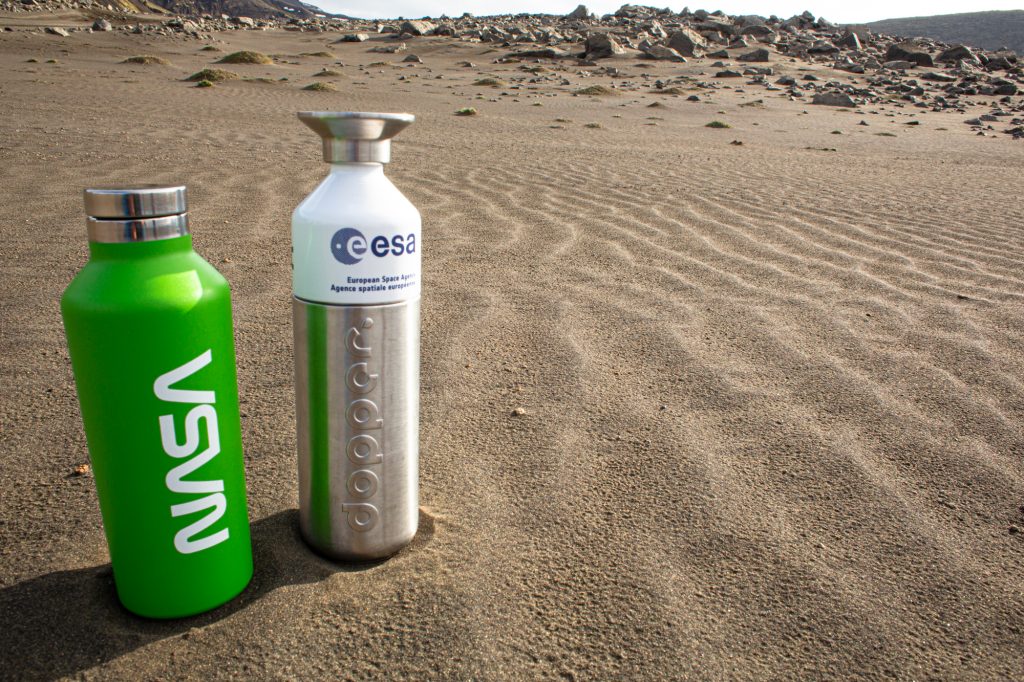
Members of the Icelandic expedition:
- Liz Rampe (NASA/JSC)
- Mike Thorpe (NASA/Goddard)
- Ryan Ewing (Texas A&M University)
- Teresa Fornaro (INAF)
- Daniel Leeb (ISA)
- Gunnar Gudjonsson (ISA)

Discussion: no comments